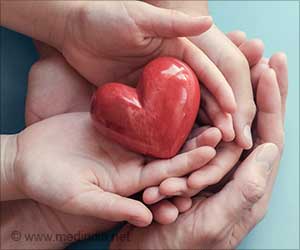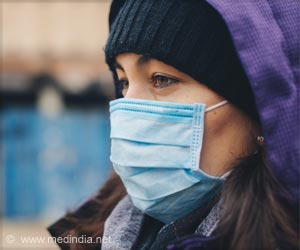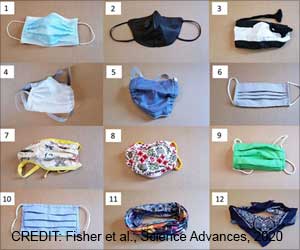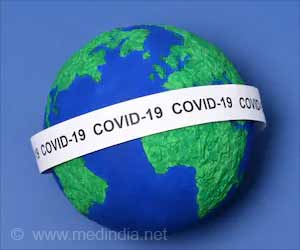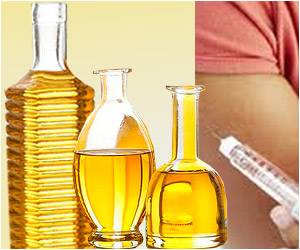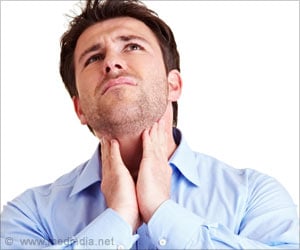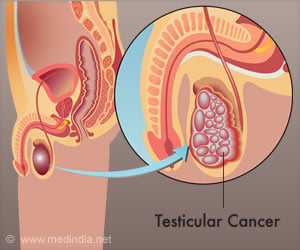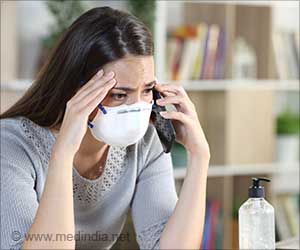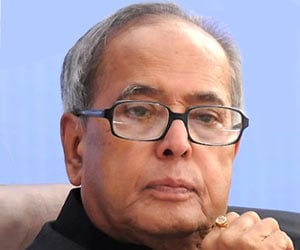World Mother's Day 2005
by Medindia Content Team onAdvertisement
Ovulation
Ovulation is the time when an egg or ova is released by a women's Ovary. The egg travels through Fallopian tubes and if a sperm from the male is also present in the tube, fertilization of the egg occurs and a a woman conceives. Once released, the egg can survive for up to 24 hours.Pregnancy
Pregnancy is the state of union between a sperm and an ovum in the uterus, the formation of a fetus that is nurtured in the mother’s womb. Being pregnant is a totally different feeling for the would-be mothers, whether they are first time pregnant or having a second one. The changes are apparent not only in the body physically, but in the emotional well being as well.Breast Feeding
Feeding the baby is a lifetime experience for a woman and there is no substitute for the mother's milk to the child. Most of the babies come into the world knowing how to be breast-fed. If you get them anywhere close, they nuzzle, get attached, and suck away. Some need a little assistance.Anemia
Anemia is a disorder, which results from decrease in the concentration of red blood cells or hemoglobin. One of the main functions of hemoglobin is to carry oxygen to tissues and anemia results in decreased oxygen carrying capacity of blood.Menopause
Till recently, menopause was often surrounded by misconceptions and myths, but menopause is a natural step in the process of aging. The transition-taking place biologically is indeed very crucial as a part of the ageing process. The ovaries stop producing eggs, menstrual activity decreases and eventually ceases.Osteoporasis
In Greek, Osteo means "bone" and porosis mean a "porous condition". In osteoporosis the bone mass in the body becomes reduced or porous like and the skeletal system of your body is deeply affected. Osteoporosis is often known as "the silent thief". Women are four times more likely than men to develop the disease.Advertisement


